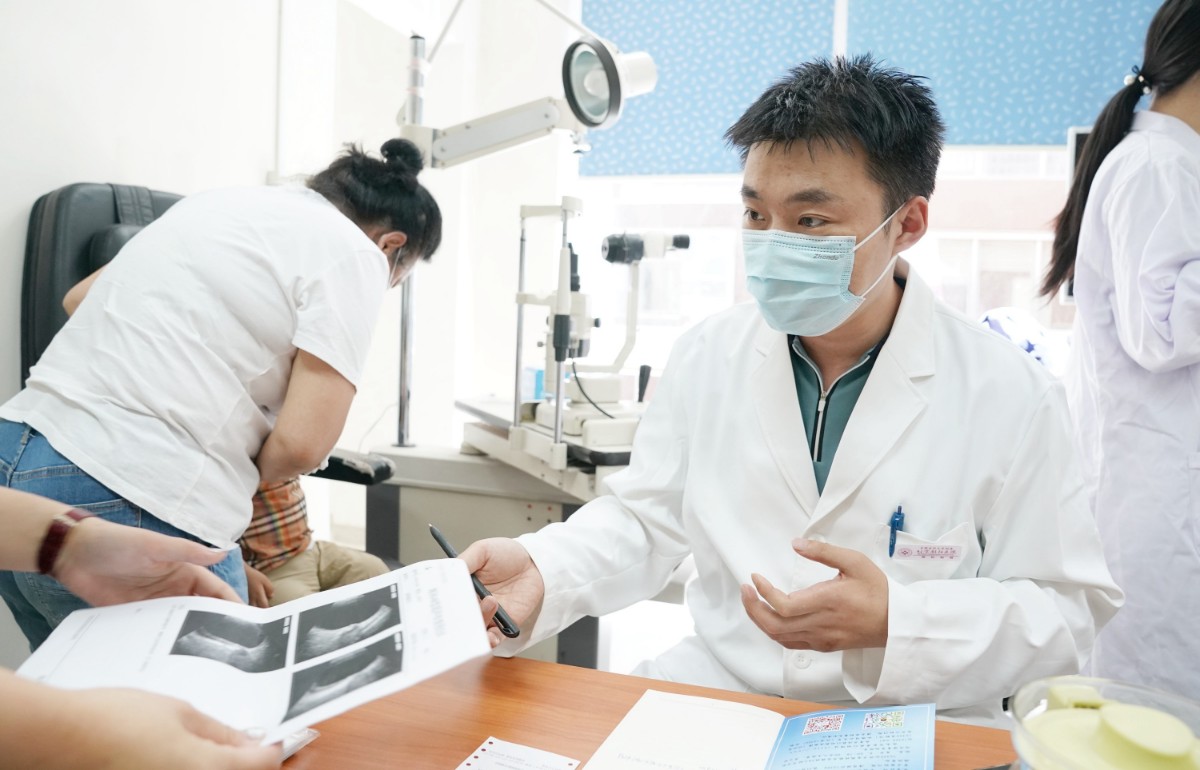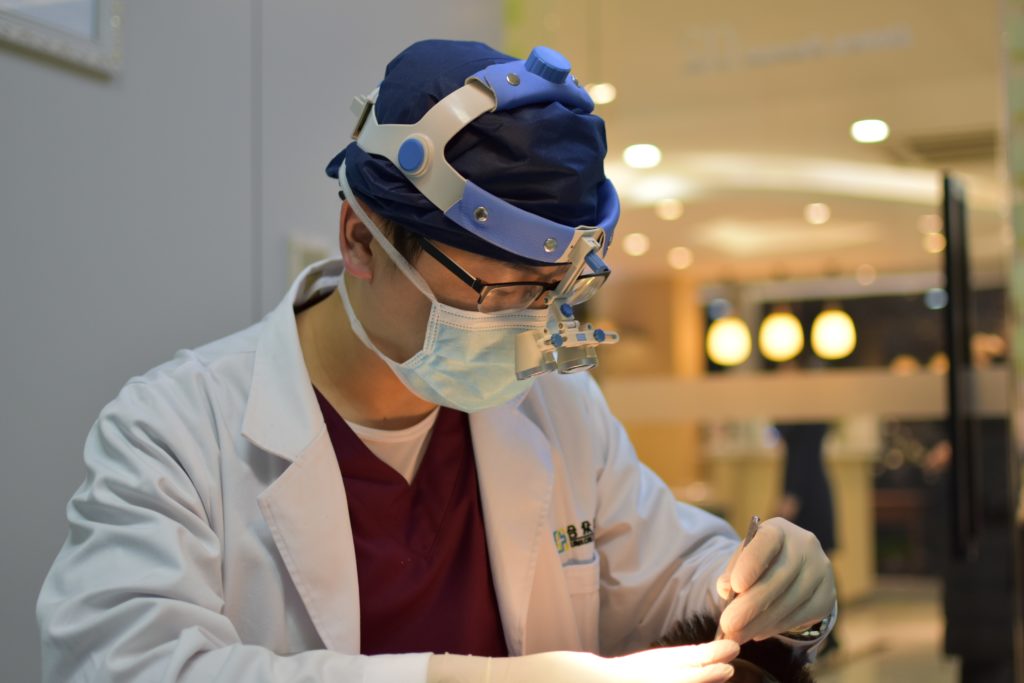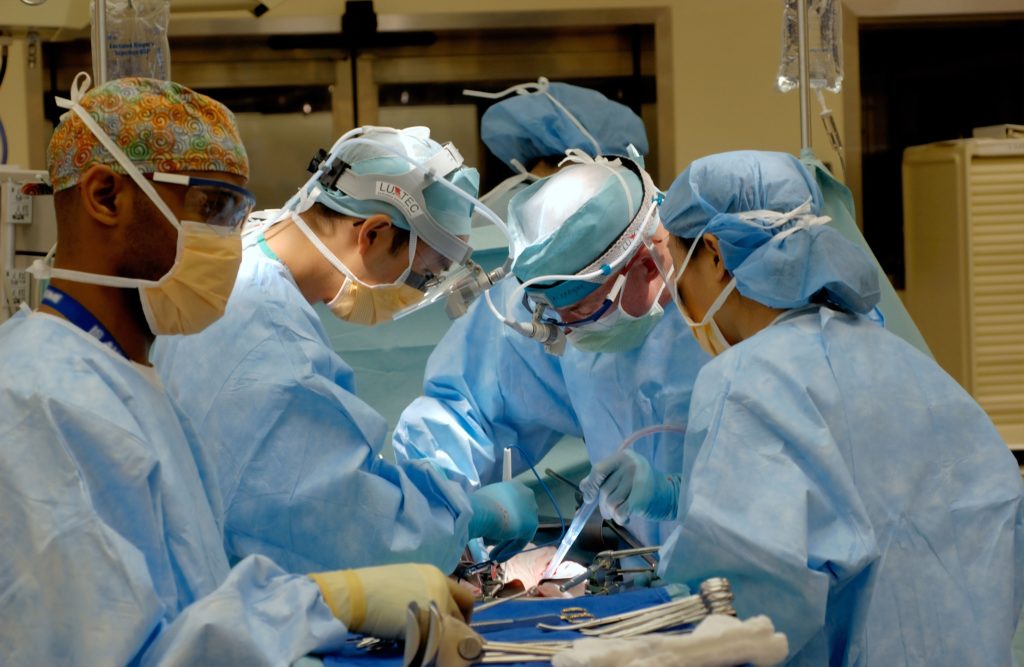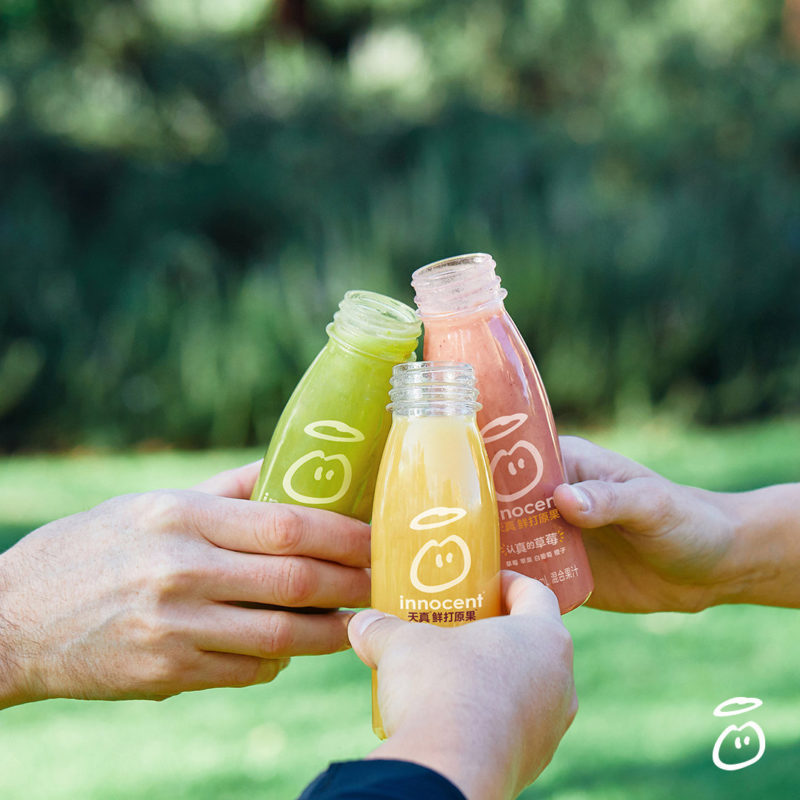Prior to COVID-19, the relationship between doctors and patients in China had been deteriorating for a long time. Many doctors were involved in tense and conflictual relationships with their patients, while many patients and their families found it hard to trust and communicate with them.
Physical attacks on medical professionals
Physical attacks on professional doctors and medical staff had become an increasingly common phenomenon in recent years. In September 2011, a patient from Beijing stabbed his doctor seventeen times after becoming dissatisfied with his throat-cancer treatment. In 2016, a knife-wielding patient in Guangdong province chased a doctor down the halls of the hospital, slashing her arms and legs.
These two attacks were not unique occasions: the Chinese Hospital Management Associate found that Chinese hospitals were reporting an average of twenty-seven attacks a year per hospital. Two-thirds of doctors in China had reported conflicts with patients and more than 30% of health professionals had experienced violence at work.
Impersonal, rushed consultations and growing mistrust
So why are assaults on doctors so prevalent in China?
China’s high population density and hospital crowding is the predominant reason.
A doctor needs to treat over 100 patients per day which means their service must be extremely efficient, and, therefore, impersonal. Doctors don’t have time to converse casually and form good relationships with patients – consultations and diagnoses often take less than 10 minutes. Even before a patient’s short time with a doctor is finished, other patients in the queue often enter the room and interrupt the appointment in order to try and reduce their waiting time.
Mistrust about doctors also grew with reports circulating in the media and online about operations going wrong and cases where surgery had accidentally led to loss of life. This contributed to producing an atmosphere of mistrust around the medical profession.
COVID-19 changed the relationship between doctors and patients
According to many Chinese medical workers, the doctor-patient relationship has improved significantly as a result of COVID-19. The sacrifices made by medical workers during the pandemic, many of whom didn’t spend Spring Festival with their families in order to work on the frontline, earned them a huge amount of respect among Chinese people. The increase in trust has also resulted in better patient compliance.
Messages of thanks and respect for medical workers were commonplace across social media during the COVID-19 outbreak. The role of doctors and nurses was also highlighted in campaigns earlier this year, especially during Labour Day where numerous brands paid thanks to key workers.
Coca-Cola was just one of the brands who carried out a campaign to pay thanks to medical staff.
Coca-Cola’s “Half and Half” campaign shows the two sides of being a doctor
On August 19, China celebrated Doctor’s Day for the third year. Due to the attention on the medical profession this year, the day gained much attention on social media as people rushed to express thanks.
Coca-Cola launched a short film “Half and Half” online to show its respect and gratitude to all medical staff. The video features a typical working life of a Chinese doctor and the contrasts they face day-to-day.
Doctors need to be 100% focussed when they are doing surgery for a patient, but they can fall asleep in a second after working non-stop.
They need to be patient when they are working but they also have to hurry when an emergency happens.
They don’t care about how they look but they have to pay attention to every detail of a patients’ X ray.
The film also includes interviews with six medical workers who share why they love their work and what makes them work hard to save lives. One of the medical workers, Tao Yang, was attacked by a patient’s family with a vegetable chopper in January this year and needed surgery to save one of his hands. After a few months, he recovered and returned to his role. His story stirred up discussion on Weibo at the time.
Coca-Cola China appealed to the hot topic about Tao Yang’s brave story to promote engagement. The hashtags related to #Tao Yong doctor hit over 3.34 billion views and the video gained 993,000 views on Weibo. Many netizens shared the video on Weibo to express their thanks to Chinese medical workers.
Coca-Cola’s public service announcement welcomed by Chinese audiences
This was not Coca-Cola’s only campaign during China’s COVID-19 outbreak, they also launched a Wuhan special edition Coca-Cola can and encouraged their audience to share love with Wuhan online. However, this campaign varies in that it has no message or reference to the beverage within the video. Coca-Cola’s “Half and Half” campaign was a public service announcement with the aim of increasing viewers’ level of understanding about the medical profession.
Public service advertisements which send a positive message generally attract a good reaction among Chinese audiences. Coca-Cola appealed to Doctor’s Day and the trending case of Tao Yang to gain high exposure for this campaign.
Brand: Coca-Cola China
















